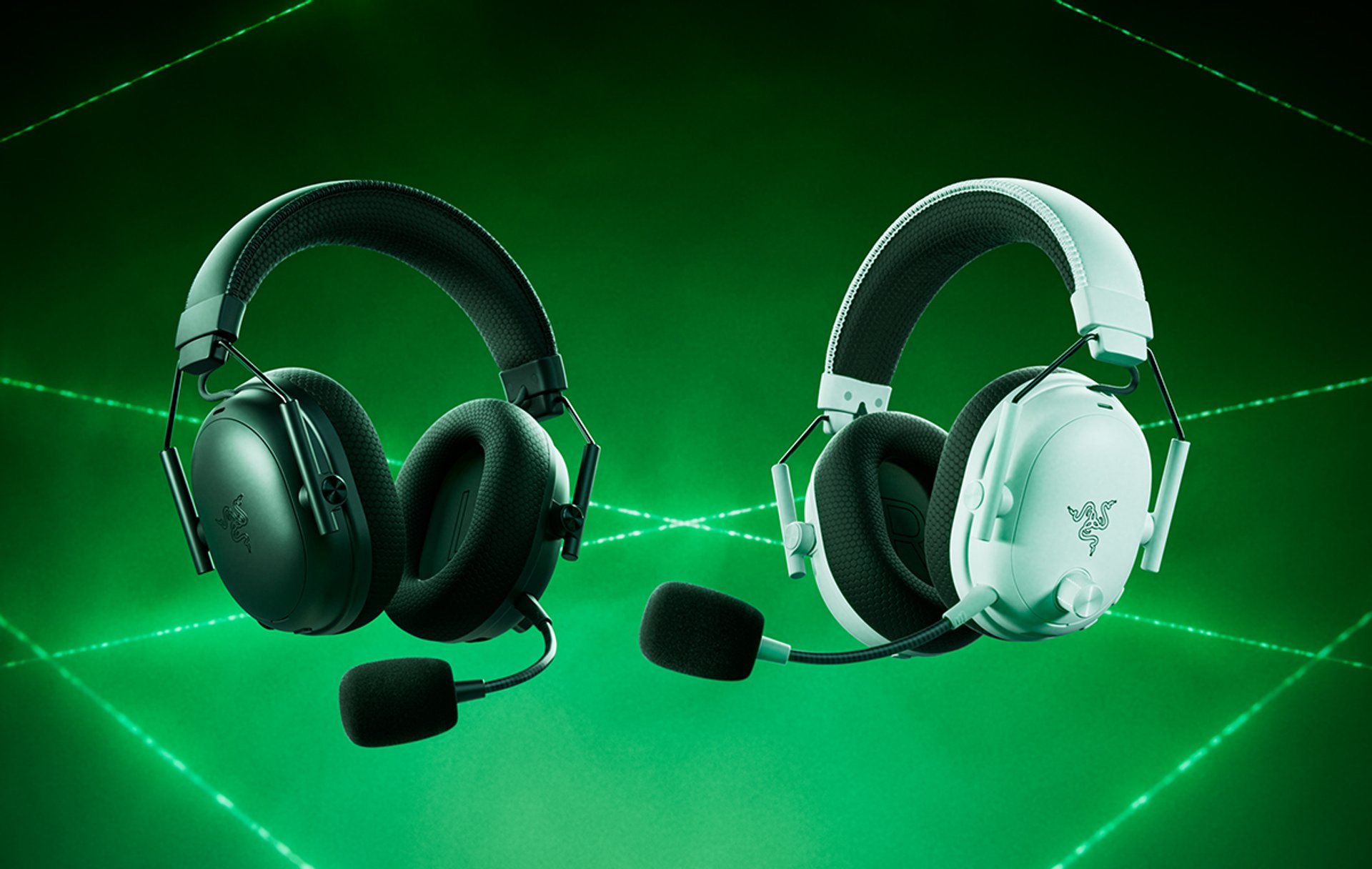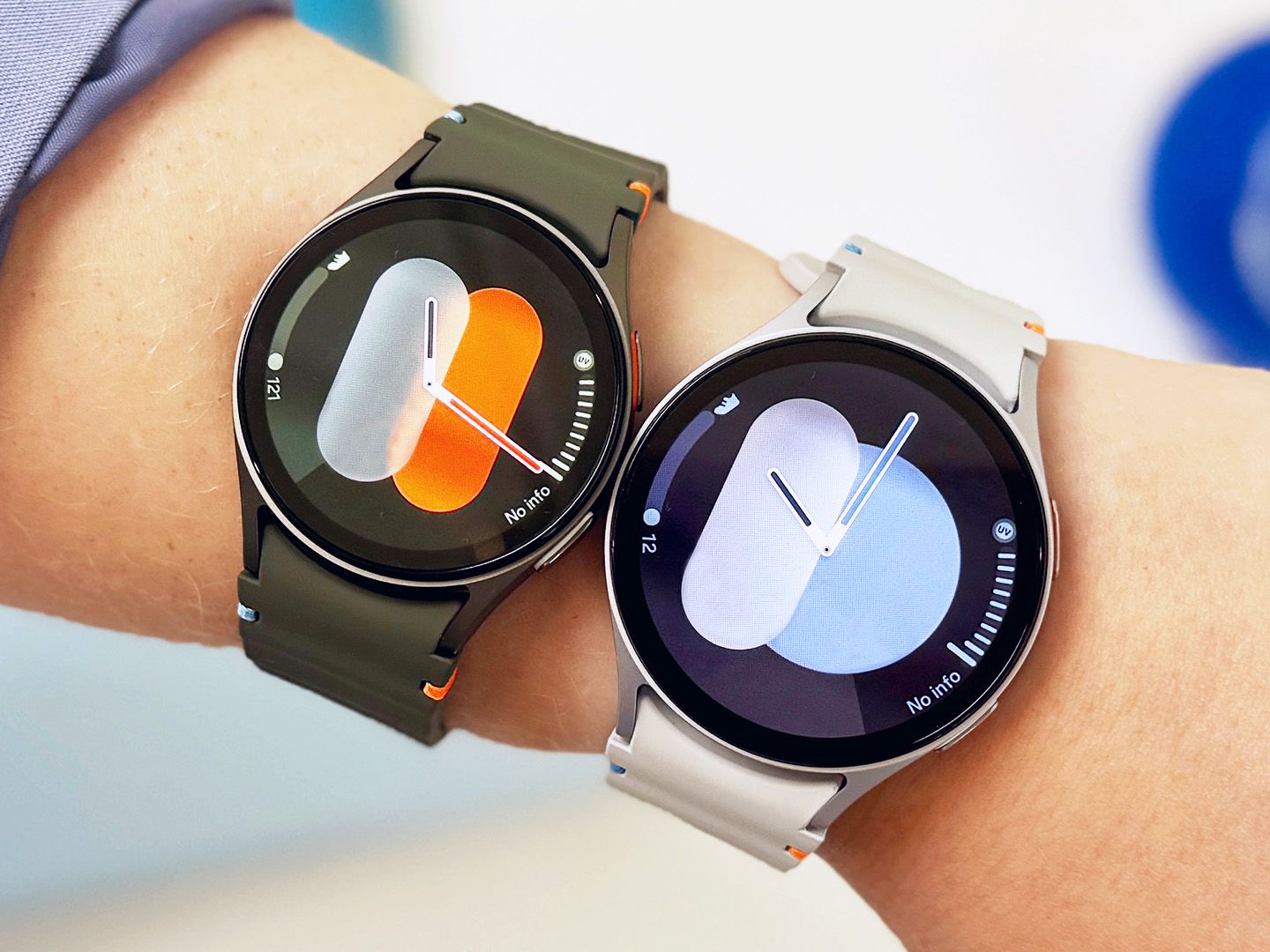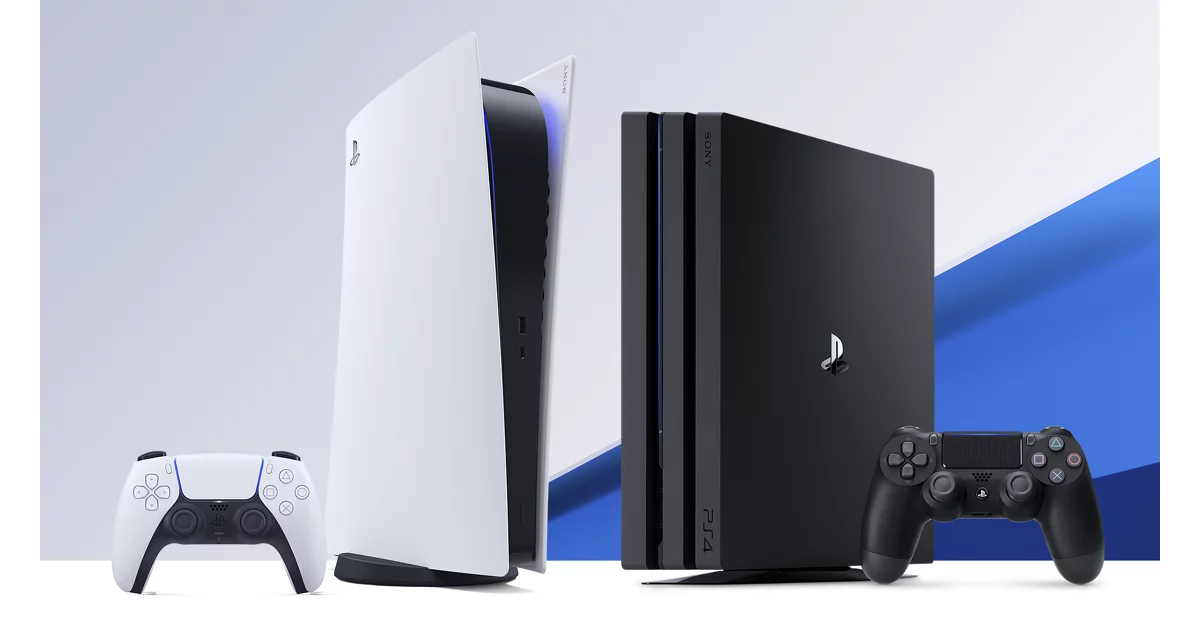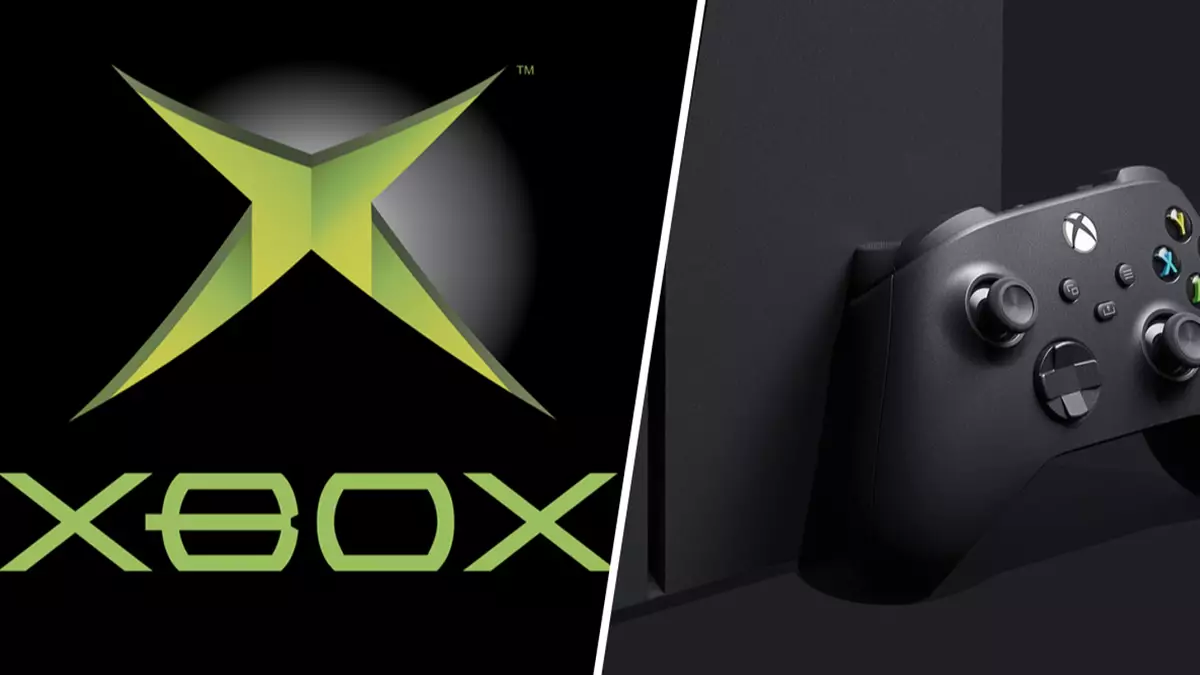Key Takeaways
- Fitness gadgets in 2025 focus on smarter training, deeper recovery insights, and all-day health tracking.
- Products like the Garmin Vivoactive 6 and Whoop 5.0 push personal fitness tech closer to pro-level analytics.
- Accessibility and personalization define the next generation of health and fitness wearables.
Tech Meets Training: The Evolution of Fitness Gadgets
The fitness industry in 2025 continues to blur the line between tech innovation and physical wellness. Once dominated by simple pedometers and calorie counters, today’s fitness gadgets have evolved into all-in-one health companions — devices capable of tracking everything from heart rate variability to sleep efficiency. With more Americans prioritizing exercise and recovery, the latest crop of fitness wearables and gadgets aims to make every workout more efficient, data-driven, and enjoyable.
Brands like Garmin, Whoop, Therabody, Beats, and Ringconn have introduced new products that go beyond counting steps. They provide advanced analytics, tailored training suggestions, and real-time feedback that once required a personal coach. Let’s explore five standout devices shaping the fitness landscape this year.
Garmin Vivoactive 6: The Everyday Athlete’s Smartwatch
Garmin’s Vivoactive 6 cements the brand’s leadership in fitness-focused wearables. Starting at $300, this smartwatch introduces over 80 guided workout plans, spanning from high-intensity interval training to cardio and strength sessions. Its improved GPS and predictive tracking make it ideal for runners and swimmers looking for precision.
Beyond training, Garmin continues its holistic approach by monitoring sleep quality, recovery time, and heart rate variability (HRV). Consumer reviews praise the Vivoactive 6 for blending minimalist design with robust functionality — giving everyday users access to tools previously reserved for elite athletes.
Whoop 5.0: Deep Recovery and Performance Insights
Few fitness trackers rival the Whoop 5.0 when it comes to depth of data. Built around recovery and performance optimization, the newest iteration boasts better sensors and a two-week battery life. Instead of simply tracking workouts, Whoop provides a detailed understanding of how the body responds to stress, strain, and rest.
Its subscription model — starting at $199 annually — grants access to analytics on sleep, cardiovascular load, and muscular fatigue. While some reviewers note that heart rate accuracy still trails Garmin’s, Whoop’s holistic insight into physiology keeps it a favorite among serious athletes and fitness enthusiasts.
Beats Powerbeats Pro 2: Music That Moves With You
The Powerbeats Pro 2 takes workout soundtracks to the next level. Designed “for athletes,” these $250 earbuds feature a secure hook design that ensures they stay in place during intense sessions — something gym-goers and runners often struggle with.
Powered by Apple’s H2 chip, they deliver premium audio, noise cancellation, and even heart rate monitoring through compatible apps. While sound quality depends on fit, users rave about the bass depth and durability, calling them one of the most enjoyable workout companions available in 2025.
Therabody Theragun Mini (3rd Gen): Compact Recovery Power
For recovery, Therabody’s Theragun Mini 3rd Gen remains the go-to massage gun for athletes on the move. Now 30% smaller than its predecessor, the $220 device delivers up to 2,400 percussions per minute, effectively reducing post-workout muscle soreness.
Portable, powerful, and quiet, it’s become a staple in gym bags and training kits alike. The addition of a travel lock feature and ergonomic design make it a must-have for anyone balancing heavy training loads with recovery needs.
Ringconn Gen 2 Air: Subtle Health Tracking in Style
Disguised as a sleek ring, the Ringconn Gen 2 Air represents the growing category of discreet fitness wearables. Priced at $199 with no subscription fees, it tracks heart rate, blood oxygen, and calorie burn — all through a companion app.
While it lacks advanced features like built-in GPS or sleep apnea tracking, the Air excels in comfort and simplicity. Ideal for those who prefer low-profile tracking, it offers valuable insights for runners, cyclists, and anyone focused on general wellness.
The Future of Fitness Tech: Smarter, Smaller, and More Human
As 2025 unfolds, fitness gadgets are no longer about competition or metrics alone. They’re about personalization and sustainability — understanding how individual bodies perform and recover. From Garmin’s advanced performance tracking to Ringconn’s subtle wearability, the industry’s direction is clear: make health technology effortless and inclusive.
With major brands refining their offerings and new startups entering the market, expect the next wave of fitness wearables to be even more adaptive, affordable, and insightful. Whether you’re chasing personal records or simply building healthier habits, 2025’s fitness tech has something tailored precisely for you.
Disclaimer: The information in this article is for general purposes only and does not constitute financial advice. The author’s views are personal and may not reflect the views of GameDegen.com. Before making any investment decisions, you should always conduct your own research. GameDegen.com is not responsible for any financial losses.




